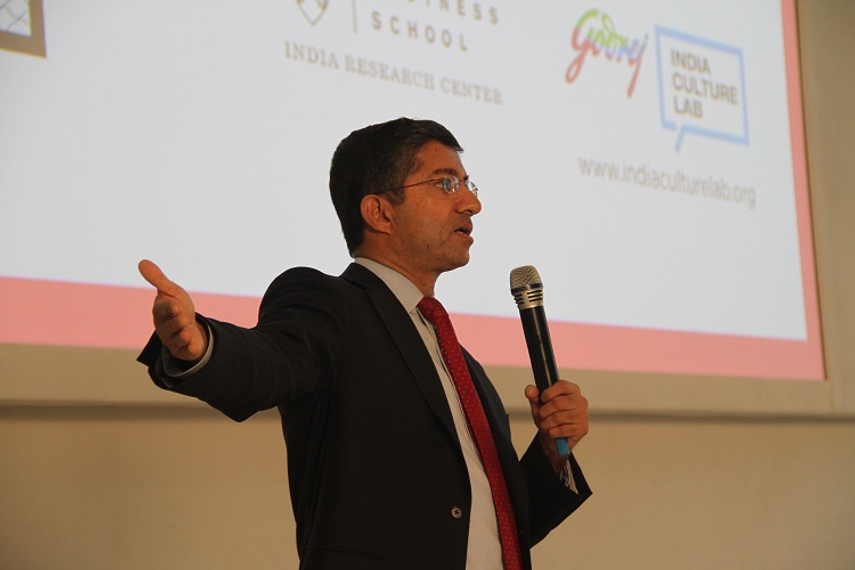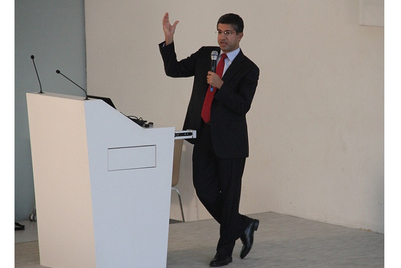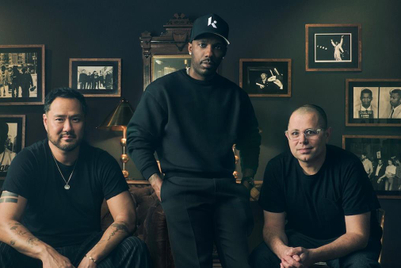Who’s got this strategy of migrating an offline product to the digital platform right? There are few companies doing this in fairly inspiring ways. There is a company in Norway called Schibsted. It turns out that they saw some of these dynamics fifteen years ago.
One of the dynamics is that circulation per household for newspapers has not been coming down only because of the Internet. In the US the decline has been shown for the last seventy years. In the 1940s, it had to contend with radio and then television, colour television, cable, 24X7 news and then the Internet.
The thing that killed newspapers is not circulation but the impact of advertising, mostly the impact on classified advertising. Classified advertising was more than 40 per cent of the revenue of newspapers and more than half the profits. Online classifieds were faster, cheaper, better available anytime and anywhere. But that does not explain the entire puzzle because online news has the same properties but it did not create the same impact as offline news.
The reason is that news is more or less consumed one by one and each one has their own preference. But which classified site do we go to? The one that has the most listings. Where do people list? Where they have most buyers. So if there was a site which is connected and has the most buyers and sellers even if we preferred different news sites, for classifieds we would go to the leading site.
Schibsted saw this problem in 2000. They started investing heavily in online classifieds. They moved the Sweden and France. Now they are the global leaders in classifieds. They recognized that online is not just about taking content
Then it’s interesting about how it infiltrates the newsroom. Few years back there was this major volcanic eruption in Iceland and the smoke spread all over Europe (Norway, Sweden, Finland rest of Europe). The most popular story around that time was not about the pollution and its effects. All air traffic was disrupted. The number one concern of people was about getting from one place to another. Schibsted saw that people were posting online about being stuck and others who were offering rides. They got their tech teams to build an app to connect people. This became the most popular platform during that crisis. The question that they asked during the crisis was the following, “how can we help readers help each other?” That is a completely different way of looking at content.
That’s the question that they ask each other in every crisis. The engagement in their sites is almost twice as high than others. Online Cost Per Million (CPMs) are almost as high as print CPMs, which is unheard of. This is because people are highly engaged on the site and they keep coming back. It affects everything that they do. Speak about ‘digital first’. When you go to any news website, there will be a lot of headlines grouped by politics, sports world news, etc… It mimics the news organisation.
Go to a Schibsted website and you first see pictures, because their second employee was a photographer. It turns out that pictures are a lot more engaging. Pictures are seen by others as cheapening the quality of the stories – like a tabloid. Schibsted says, they have a mantra called forget and borrow.
They wanted to forget certain habits but borrow certain habits. When they want to add stories they put the other stories down. So the length of the front page becomes super-long. This was before facebook and others. Then the editor-in-chief walks in and says this was ridiculous. So they shortened the page and moved stories inside. Then the traffic dropped. When they ran experiments, they found that people like to click through but they like even more to browse.
When you think about this behavior, why does the length of a website look more or less like the length of a newspaper. It’s shocking. To break that habit almost requires you to forget what you did in a newspaper. They have infinite scroll, engagement, short stories, connectedness. This is how they build engagement.
These have big implications for marketing. We get so intoxicated by data. Twenty years back we said data will be the holy grail of marketing. We can personalize and target. Early days of facebook they had more data than most others. But their CPMs were lower than the average website. Only when they start understanding why people are there (because of social relationships), then they make advertising social. That’s when the CPM will improve. In reach versus engagement we see the same tension. The language we use is that ‘how many eyeballs do we have’. Do more eyeballs means effective advertising? No.
Or look at product versus customer centricity. If we think of ads as the product in this case, we forget that just by bombarding the customer with ads makes life miserable for them. How do we resolve this tension? As far as CMOs are concerned digital are not even sure if it’s effective, they do not have a common language, they do not have the measurement to the extent they have on other media and all kinds of things. It’s still early days.
(This is the fourth and final part of a special series with the Harvard Business School strategy guru. He was recently in India to speak at the Godrej India Culture Lab. His latest book ‘The Content Trap’ presents an approach to digital transformation that favours fostering connectivity over focusing exclusively on content.)




.jpg&h=334&w=500&q=100&v=20250320&c=1)
.jpg&h=334&w=500&q=100&v=20250320&c=1)

.jpg&h=334&w=500&q=100&v=20250320&c=1)


.jpg&h=334&w=500&q=100&v=20250320&c=1)
.jpg&h=334&w=500&q=100&v=20250320&c=1)






.png&h=268&w=401&q=100&v=20250320&c=1)

.jpg&h=268&w=401&q=100&v=20250320&c=1)

